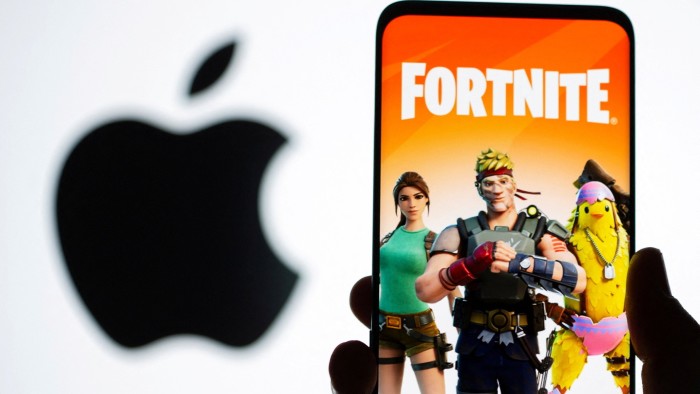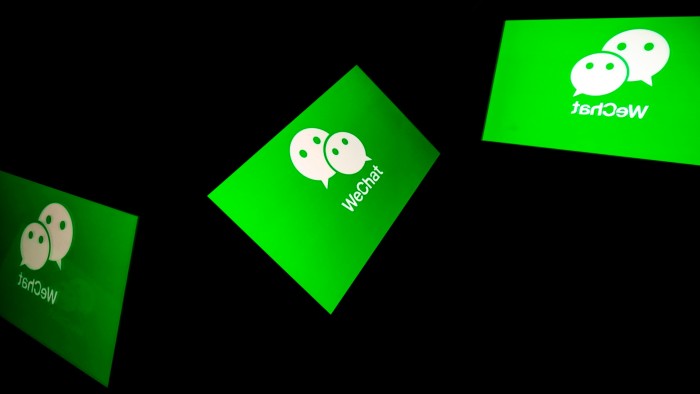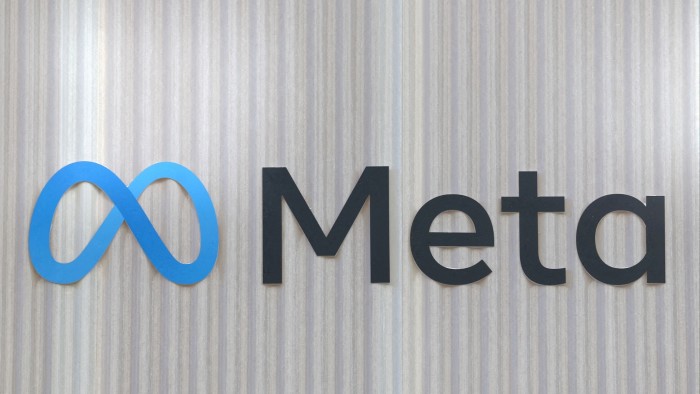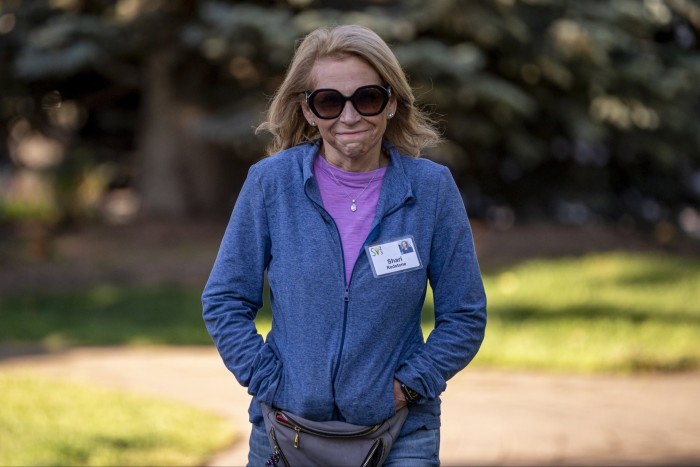Starbucks shares slide as investors question cost of turnaround plan
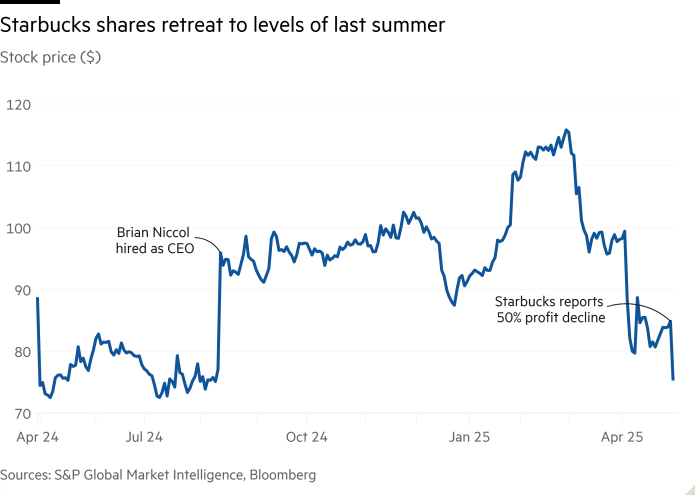
Unlock the Editor’s Digest for free
Roula Khalaf, Editor of the FT, selects her favourite stories in this weekly newsletter.
Starbucks shares sank after the coffee chain revealed a sharp fall in profits and a plan to spend more on baristas, all but erasing the price bump that followed the hiring of chief executive Brian Niccol last summer.
Early on Wednesday, shares in Starbucks fell as much as 11 per cent. That was down a third from the company’s recent highs in February and below its closing price a day before Niccol’s arrival was announced last August. The stock was down 6.1 per cent in mid-afternoon in New York.
Niccol was recruited to reverse declining sales after he led a successful turnaround at Chipotle Mexican Grill. Shares of Starbucks soared by a record 24.5 per cent on the day he was hired, reflecting Wall Street’s faith in his business acumen.
The US-based group late on Tuesday reported a 2 per cent year-on-year increase in quarterly revenue to $8.8bn — in line with expectations — but a 50 per cent slide in net income to $384.2mn. Analysts polled by Visible Alpha had predicted quarterly profits of $551mn.
Niccol acknowledged that the results were disappointing, but said his turnaround efforts would take time to pay off. “Our financial results don’t yet reflect our progress, but we have real momentum with our ‘Back to Starbucks’ plan,” he said in a video message, using the term for his strategy.
He has sought to reduce customers’ wait times, simplify menus and restore the welcoming coffeehouse feel that was lost as more business moved online during the Covid-19 pandemic.
As part of his plan, Starbucks intends to spend more on baristas while putting the expansion of a three-year-old café technology system on ice, as it emphasises labour over gadgets as a way to bring customers back to stores.
“We’re finding through our work that investments in labour rather than equipment are more effective at improving throughput and driving transaction growth,” he told analysts.
He said the company would pause the rollout of parts of the Siren Craft System that was unveiled in 2022 under former chief executive Howard Schultz.
“Over the last couple of years, we’ve actually been removing labour from the stores, I think with the hope that equipment could offset the removal of the labour,” Niccol told analysts. “And I think what we’re finding is that was just — that wasn’t an accurate assumption with what played out.”
Starbucks has 361,000 employees worldwide, most of them in cafés. Baristas have complained of being overwhelmed juggling in-store and online orders at the busiest times of day, while customers have been frustrated by long wait times.
Investment to improve cafés is coming at a cost: Starbucks said store operating expenses rose 12.1 per cent to $4.2bn in the quarter. The company said additional labour in support of Niccol’s “Back to Starbucks” strategy was one reason why store expenses ate into profitability.
Starbucks said it opened 213 net new stores in the second quarter, bringing its total worldwide to 40,789. Cathy Smith, chief financial officer, said: “While we have solid new store economics, we have room for improvement and are evaluating our global store portfolio and new store pipeline.”
Starbucks is facing an increasingly difficult challenge as consumers signal caution in the face of US President Donald Trump’s trade wars.
Global comparable store sales for the Seattle-based company fell 1 per cent in the second quarter that ended in March, marking a fifth straight quarter of declines. US stores reported 4 per cent fewer transactions year on year.
Trump’s baseline tariffs of 10 per cent, which took effect in April, will increase the cost of coffee beans Starbucks imports to the US from nations including Brazil and Colombia.
Starbucks has said wholesale coffee prices — currently trading at record highs of more than $4 a pound — account for 10 per cent to 15 per cent of its product and distribution costs.
Schultz, who built the company and has occasionally weighed in on its fortunes, endorsed the current strategy on Wednesday.
“Today, I see Starbucks CEO Brian Niccol’s bet on human connection and ‘getting back to Starbucks’ as a spot on approach,” Schultz wrote on LinkedIn. “Great, enduring companies have the innate ability to effectively manage through turbulent and uncertain times by embracing customer centric innovation, value and brand relevancy. Starbucks is certainly one of those companies.”



